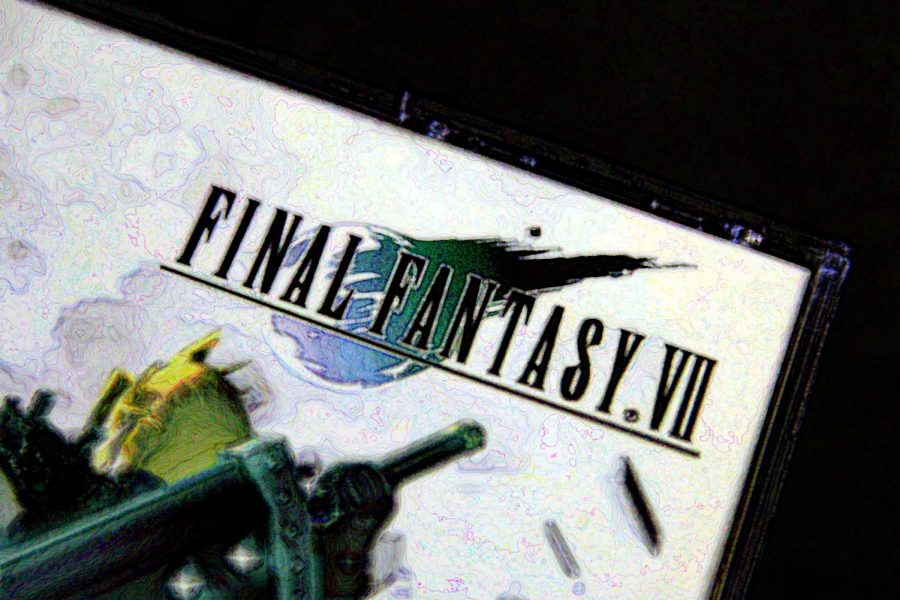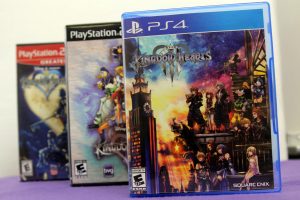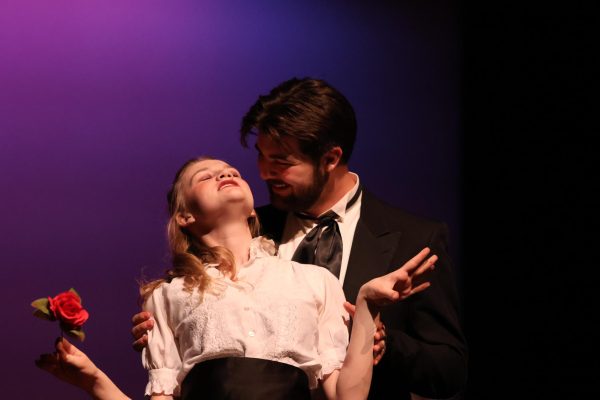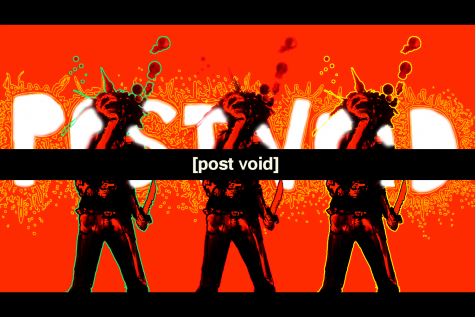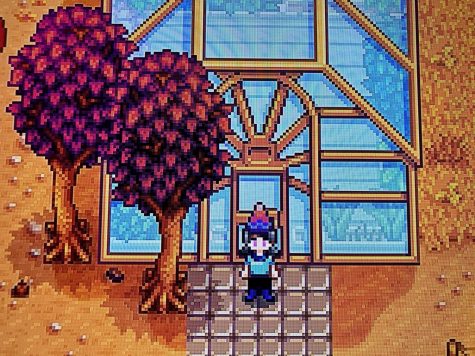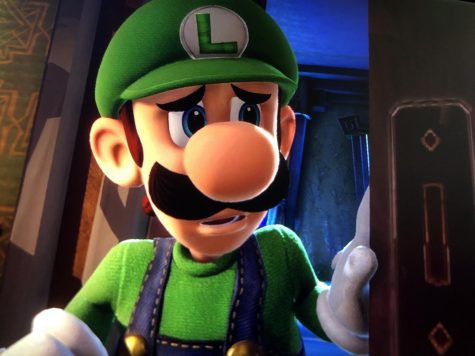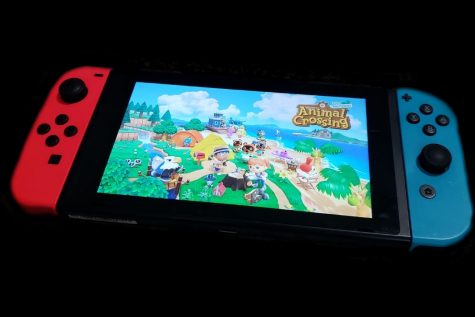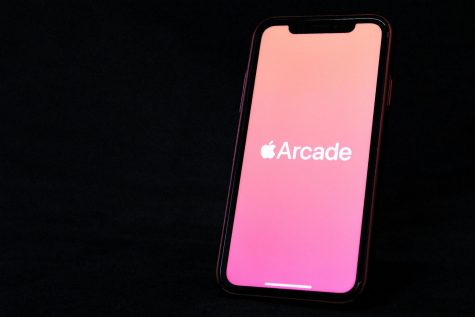‘Final Fantasy VII’ a must-play classic
Green is a prominent theme in Final Fantasy VII.
A train screeches into the station as the iconic music plays. Fellow freedom fighters knock down the guards. Their leader falls out behind them and calls me down. “C’mon newcomer. Follow me.” One of the greatest adventures of all time has just begun.
At the 2015 Electronics Entertainment Expo (E3), audiences looked at something called the “Final Fantasy VII Remake” for the first time. Although the announcement itself received a standing ovation, the entire project went silent for several years. But now, once again, the beginnings of a stir can be heard. With multiple rumors and speculation of new information to be revealed at this year’s E3, it is worth a look at why people were originally excited.
Square Enix, then Squaresoft, released “Final Fantasy VII” in Japan on Jan. 31, 1997, with a worldwide release on Oct. 2, 1997 for the Sony PlayStation.
The Final Fantasy was at its peak during the early to mid-’90s, with games like “Final Fantasy IV” and “Final Fantasy VI” receiving outstanding reviews by fans and critics alike. But “Final Fantasy VII” had something going for it no other Final Fantasy had at the time: three dimensional graphics. These graphics, along with the advertising, gave the game increased publicity. When the game released, it quickly became known throughout the world, making it one of the most famous games of all time.
The story is one of the most defining traits of any Final Fantasy game, and Final Fantasy VII is no different. Players follow the main character, Cloud Strife, as he meets other companions around the world of Gaia. These characters have their own moments in the spotlight, with their own motivations, backstories and character development. Eventually their goals will become the players’ goals as they face off against Cloud’s old friend Sephiroth. This character appears throughout the game as a mysterious figure until about a third of the way through. His actions have dire consequences, and it’s the players’ job to stop him.
The players can make up a party using three of these characters to suit their needs as long as one of these characters is Cloud. This allows many different combinations of techniques, and strategy that makes a player think. It offers replay ability and unique dialogues between the characters.
Throughout their journeys, players will encounter random battles while traveling the overworld or in select areas. The player will control the actions of the party by selecting prompts such as “attack” and “magic.” The “magic” option lets players choose which spells they want to cast in order to cause the most damage. If the monster the party is attacking is fire based, then an ice spell would cause the most harm, while the fire spell would heal it. It’s a very effective way to keep the player involved in their current battle, and it adds an element of strategic prowess which cannot be matched in any other form of entertainment.
Players will find themselves humming along to certain tracks from the memorable music. The game features some of the best music from composer Nobuo Uematsu, and he deserves every bit of praise he receives.
The only downside to the game is its age. Most notably, its graphics. It is not hard to see some of the sharp edges in the polygons, and, in some cases, the characters themselves don’t feel like they fit in the world which is proposed. Sprinkled throughout the game are some cutscenes shown in a higher resolution than the normal play. Although they looked amazing at the time, they have not aged well.
But in the end, “Final Fantasy VII” is a great game and one every gamer should have on their radar. It is a must play for anyone who even thinks about playing a Final Fantasy game, and even those who know nothing about the series at all. As one of the most influential and famous games of all time, it deserves every bit of praise it receives.

Hey hey! I'm Cambry King, and I've finally made it as a senior. It's my second and final year on staff as well as the video editor. Besides journalism, I'm also involved in the Soaring Pride Band, and I work at the local United. My hobbies include playing...

Hi there! My name is Claire Meyer. I am a senior, making this my third year on staff and first as editor-in-chief. When I'm not editing stories in the newsroom, I can be found working at United. In my free time, I enjoy both drawing and writing fiction...

